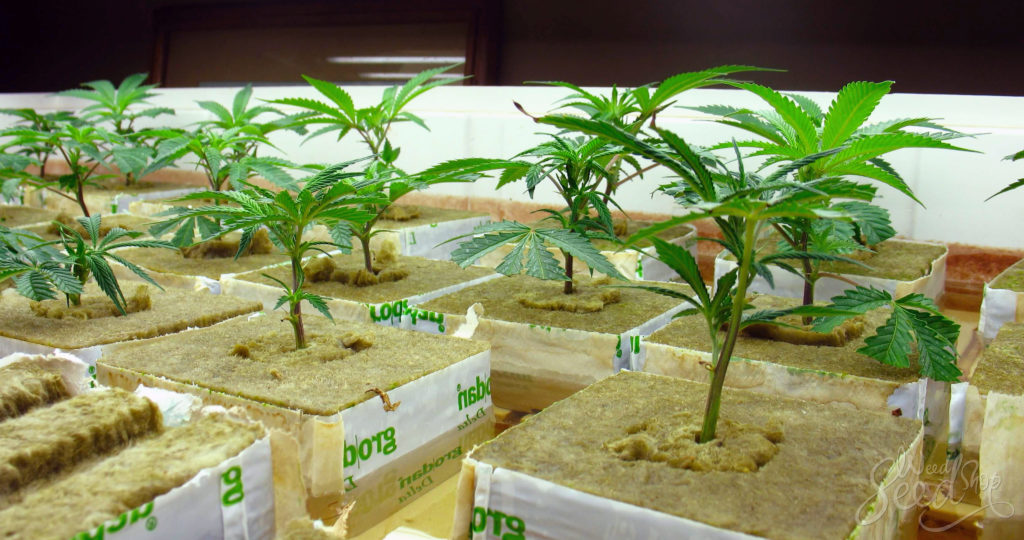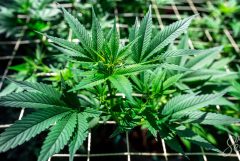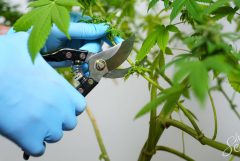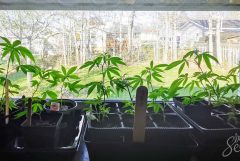With weed laws leaning in a more favourable way across the world, many smokers want to try their hand at growing their own. A good hydroponic system can help foster fast and sufficient growth in any kind of cannabis plant. Here we will help you choose a system that you’re comfortable with based on your financial situation and experience level.
Are you looking to grow weed? You’re not alone. Cannabis is a fast-growing industry that’s reaching unprecedented levels. In fact, North American cannabis sales soared 30 percent in 2016 to surpass $6.7 billion.
As cannabis continues to grow, more people are trying their hand at growing their own weed at home. However, beginning a grow operation isn’t easy. It requires patience, precision, and expertise.
It can also be an insanely rewarding experience. You can feel accomplished, save money, and create stronger and healthier plants than those found in stores.
If you’re serious about growing your own weed, a good hydroponic system might be the answer. They can help you yield greater results while also helping to limit your expenses.
But what exactly is a hydroponic system? And how can you use it to your advantage when growing weed? I’ll discuss the answers to these questions and more.
I’ll discuss the answers to these questions and more to arm you with the knowledge you need to start growing today. Let’s dive in.
What is Hydroponics?
Hydroponics is the practice of growing plants in an environment with oxygenated and nutrient-enriched water. In Latin, the word hydroponics simply means “water working.”
With cannabis, hydroponics refers to growing plants in a rich water environment rather than in soil. The hydroponic system provides the cannabis plants with ideal growing conditions.
The plants absorb air, nutrients, and water through their roots. The plants can absorb essential nutrients without expending energy. This can lead to healthy and successful harvests.
Why Use Hydroponics?
Hydroponics might seem foreign if you’re used to growing plants in soil. But there’s no denying that hydroponics systems can yield successful results – especially when it comes to growing weed.
Water comprises 80 to 90 percent of plant’s total weight. The remaining components of the plant are a combination of hydrogen, oxygen, and carbon, which they obtain from the air and water.
A hydroponic system allows the plant to access these elements with ease while also limiting detrimental factors like water evaporation. As a result, hydroponic plants can be ready for harvest 30 to 50 percent faster than plants grown in soil. You have the potential to double your haul in the same amount of time simply by switching to hydroponics.
Hydroponic Growing
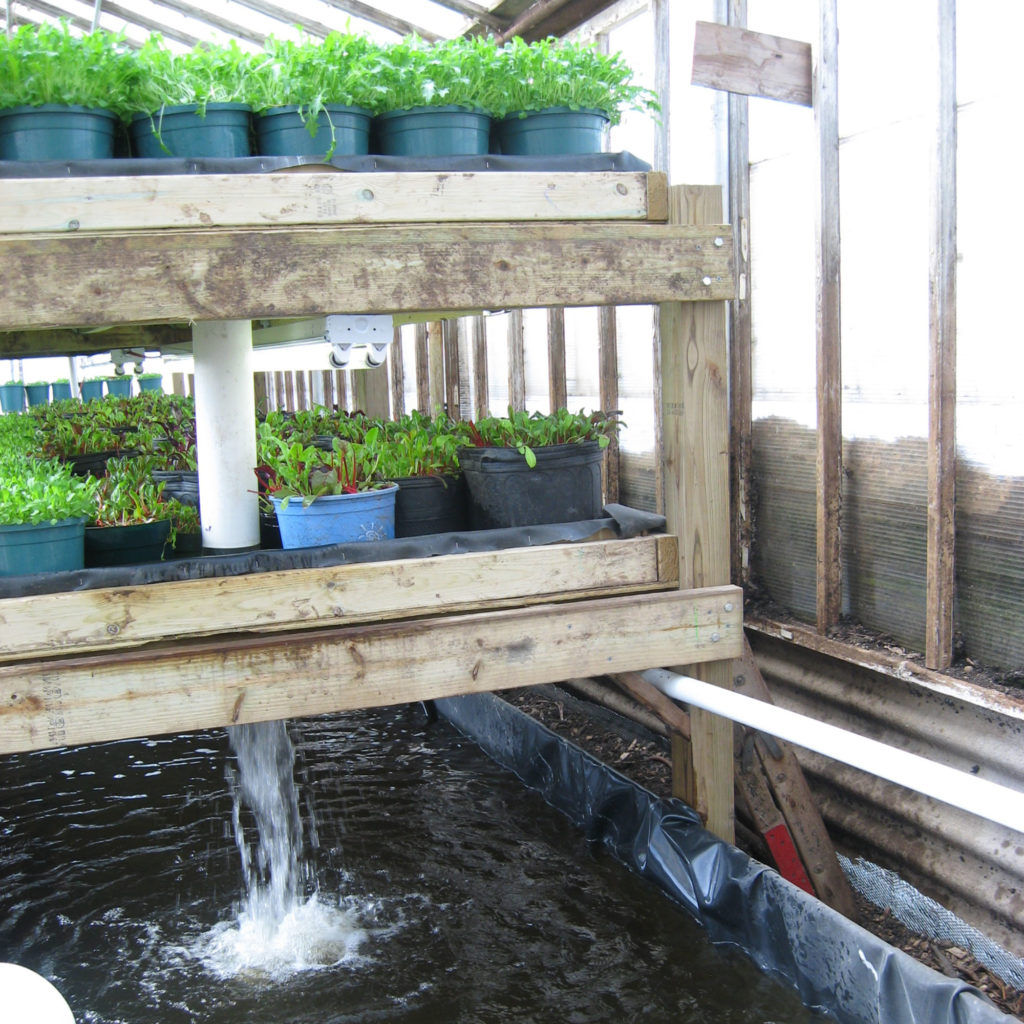
Hydroponics isn’t just beneficial to cannabis plants, it’s also beneficial to the farmer. For one, it can make the entire growing operation much more convenient.
Compared to growing outside, you don’t have to deal with environmental factors when you grow cannabis indoors. That means you don’t have to spend your time cleaning up weeds or dealing with pests. You also don’t have to worry about subpar growing conditions like bad soil or poor weather.
Your hydroponic system can also help you save big money on your expenses. Contrary to popular belief, hydroponics actually use less water than other growing methods.
That’s because your plants only consume the amount of water that they need. The plant stores the rest of the water for future use. The indoor growing environment also helps to reduce evaporation and prevent leakage.
In addition to minimizing wasted water, hydroponics also minimizes wasted space. You can pack the plants into a confined area without much room to grow.
This doesn’t have a negative impact on growth rates, but rather allows plants to grow to their full potential. The plants don’t have the room to fully spread their roots. As a result, you can grow as many plants without taking up as much space.
Hydroponics & Nutrients
If growing weed hydroponically is such a viable option, why do so many people choose to grow it in a more conventional setup?
There are several advantages, but one of the biggest reasons is soil. Nutrient-rich soil gives cannabis plants exposure to the elements they need to thrive.
It can contain essential elements like nitrogen, calcium, magnesium, and sulphur. Soil can also contain smaller elements that help foster growth like zinc, copper, and boron.
How then can a hydroponic system provide weed with all of the elements it needs to grow? The answer lies in the water.
The water already provides the plant with oxygen, hydrogen, and carbon. By using a nutrient-rich solution, you can also provide your plant with extra elements that can help promote fast growth.
A nutrient solution should contain elements like calcium, magnesium, and sulphur, but you’ll also want to adjust the nutrients as your plant grows.
For example, during the flowering stage, your cannabis plant will need higher levels of phosphorus. You will also need to adjust nutrient levels based on temperature levels. Add more nitrogen when your growing conditions are under 27 degrees Celsius.
This might sound complicated, but it’s actually fairly simple to control your plants nutrient intake. Nutrient solutions contain levels of nitrogen, phosphorus and potassium.
A 15-15-15 solution will contain 15% of all these elements, while a 20-15-15 solution will contain 20 percent nitrogen, 15 percent phosphorus and 15 percent potassium. Understanding these labels will help you adjust your nutrient levels as your plants begin to grow.
Adding the Nutrients
Nutrient solutions are easily added during the growing process.
Add the nutrient solution to water according to the instructions. Most hydroponic growers opt for a setup with a nutrient pump & a timer.
The nutrient solution takes about 15-20 minutes to reach the plants’ roots. The pump will automatically shut off once the solution reaches the roots.
You should change the nutrient solution every 2 weeks for maximum growth opportunity. After 2 weeks, you should throw out the solution and thoroughly clean your equipment.
Once cleaned, you should add aged tap water and new nutrient solution. Repeat this process every 2 weeks until the plants are fully grown.
One thing to be aware of is your plant’s root length. Roots that have grown too long can hinder plant growth because they block the solution from reaching the top of the plant. You can prevent clogging by cutting long roots with scissors.
Be careful not to cut the roots too short. If you can’t pick up the plant’s cups with ease, that means the roots are weighing the cup down.
During the growth period, you should also pay close attention to the water levels. If you notice a drop in water level, that means the plants are healthy and absorbing their nutrients. Add aged tap water so the tank is nearly full.
The key to healthy plant growth is being patient and paying close attention to your crops.
The Different Systems
1. Ebb and Flow Hydroponic System
Now that you know all about the benefits of hydroponics, it’s time to select the right system. There are several different types of systems that all have their own unique benefits.
A common hydroponic system is the Ebb and Flow. This popular method uses a tray to serve as a reservoir for the nutrient solution. You then place plants in cups and containers.
You can then pump in nutrient solutions based until your timer shuts off the pump. The nutrients will then feed into the rest of the reservoir. These systems simplify the growing process, which has made them a go-to for hydroponic growers.
2. Top Feed System
A similar hydroponic system is the top feed system. This involves cutting holes into the top of a PVC pipe. You can then put your plants through the hole to stabilize them. Once there, you can feed the nutrients through the pipe, so their roots absorb essential elements.
3. Nutrient Film Technique
A nutrient film technique is also very similar. It uses a top feed system by tilting the tray and feeding the plants from the top. The tilting feeds the roots and lets the nutrients drain into the reservoir.
4. Aquaponics
Another hydroponic system is Aquaponics. This is a combination of hydroponics and aquaculture that allows you to grow weed in a fish tank. This is a desirable system because it is both energy efficient and environmentally friendly.
However, it can also be more difficult to maintain the right balance of nutrient levels. Since aquaponics is challenging to control, it is not recommended for first-time growers.
5. Aeroponics
Aeroponics is a hydroponic system in which the plants hang in the air inside of a chamber. Once inside, you can spray the plants with nutrient solutions and expose them to high humidity levels.
This method can be extremely effective as it creates ideal growing conditions. However, it’s also a more expensive endeavour. Ordinary growers don’t usually have the funds or expertise to create this environment.
What You’ll Need
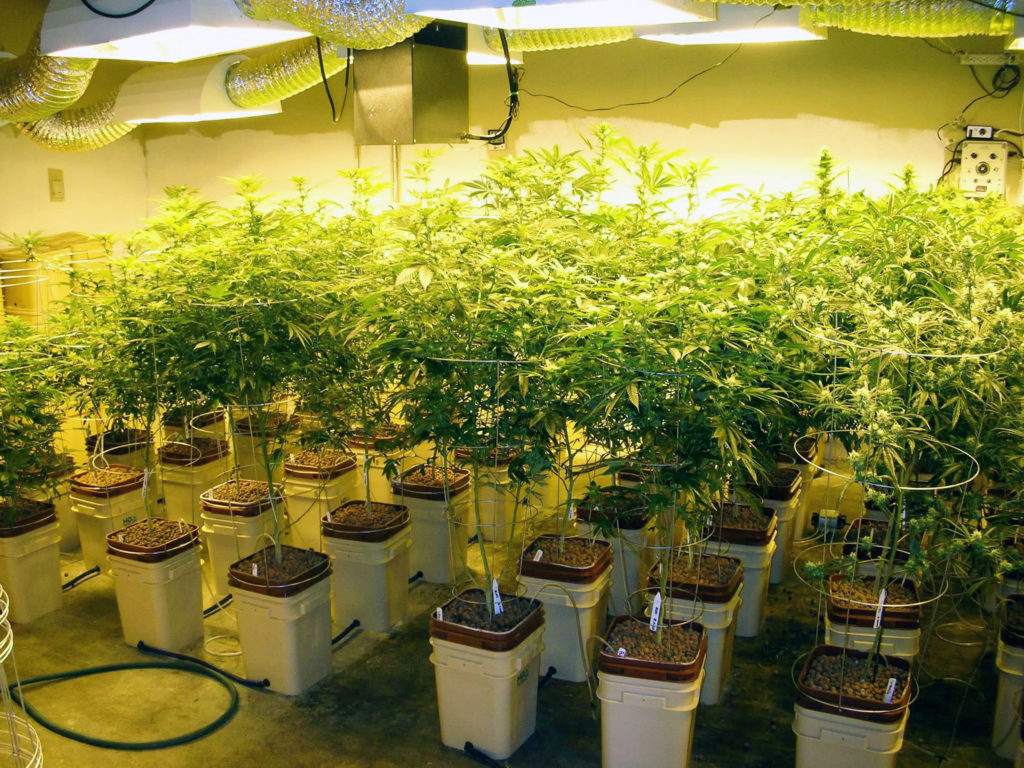
A good hydroponic system is instrumental to your plant growth. However, it’s not the only thing you’ll need to get your weed to grow.
The first investment you should make is in high-quality cannabis seeds. You need to consider the strain type, the ease of growth, and where to purchase them.
You will also need to find a grow room that is temperature-controlled, is well ventilated, and has quality lighting. Depending on your grow room, you might want to install fans to ensure the room is well ventilated and kept cool.
You will also need to control moisture during your growing cycle. Investing in a humidifier will help stimulate good plant growth.
However, you’ll also want to be careful that your air isn’t too moist. You can buy a hygrometer to keep your humidity levels in check.
You’ll also need something to store your weed in your hydroponic system. Rockwool, a light-weight mineral, is a great option because of its ability to retain water. You can purchase it in small blocks or 1-meter plaques. Hydroponic experts use Rockwool because it helps maximize water consumption in plants.
The Growing Process
A good hydroponic system can help your weed grow. But it means nothing if you don’t pay special attention to your plants during the growth process.
The vegetative phase is a crucial time in the cannabis growth process. It comes after germination and the seeding stage.
During this time, the weed needs exposure to near constant light due to photosynthesis. Your weed will need a lot of light, and 24 or 18/6 hour light cycles are preferred.
You should also be careful that your lights aren’t too close to the plants. Set up your lights about 50 cm away from the plants and adjust the distance if you notice any browning.
Once the plants vegetate, they will stabilize and require less attention. After about one month, your plants will move into the flowering stage.
The flowering stage is instrumental as it is when the plants yield THC, the main psychoactive component of cannabis. During this two-month period, your plant will be more susceptible to light. At this point, you can reduce your lighting hours by about half.
You should continue to apply nutrient solutions and water throughout your growth process. Pay special attention to the water in your hydroponic system.
Remember to only apply water tap water that is at least three days old. You should also monitor the pH levels using litmus paper. Aim to keep your cannabis plants between 5.5 and 6 on the pH scale.
The entire hydroponic growth process should take between 3-4 months.
Your Hydroponic System
Growing weed doesn’t have to be hard.
A good hydroponic system can help foster fast and sufficient growth in any kind of cannabis plant. Choose a system that you’re comfortable with based on your financial situation and experience level.
Pay close attention to your plants during all the growth stages and make sure you’re prepared with the essential tools before starting your process. If you do, hydroponics can help you grow the cannabis plant you desire!





